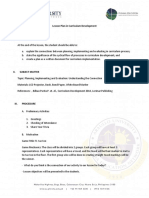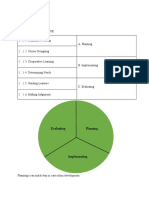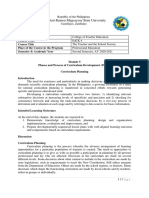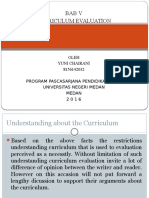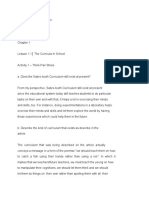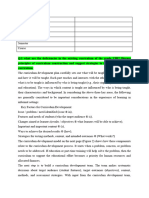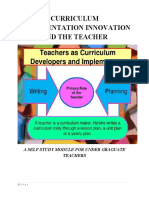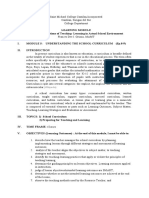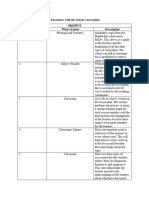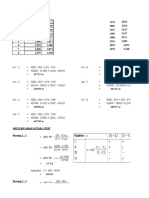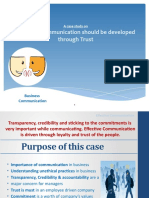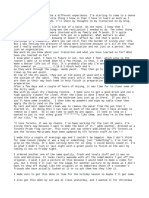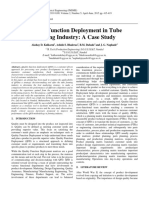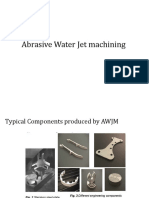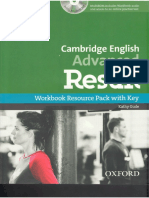0% found this document useful (0 votes)
14 views3 pagesModule 5 Lesson 3
This module focuses on the cyclical process of curriculum development, emphasizing the interconnections between planning, implementing, and evaluating. It outlines the importance of creating SMART intended outcomes during the planning phase and highlights the role of teachers as both planners and implementers of the curriculum. The document concludes by reinforcing that evaluation is essential to determine the success of the implementation and to inform future planning.
Uploaded by
Christian Ray Del RosarioCopyright
© © All Rights Reserved
We take content rights seriously. If you suspect this is your content, claim it here.
Available Formats
Download as DOCX, PDF, TXT or read online on Scribd
0% found this document useful (0 votes)
14 views3 pagesModule 5 Lesson 3
This module focuses on the cyclical process of curriculum development, emphasizing the interconnections between planning, implementing, and evaluating. It outlines the importance of creating SMART intended outcomes during the planning phase and highlights the role of teachers as both planners and implementers of the curriculum. The document concludes by reinforcing that evaluation is essential to determine the success of the implementation and to inform future planning.
Uploaded by
Christian Ray Del RosarioCopyright
© © All Rights Reserved
We take content rights seriously. If you suspect this is your content, claim it here.
Available Formats
Download as DOCX, PDF, TXT or read online on Scribd
/ 3








